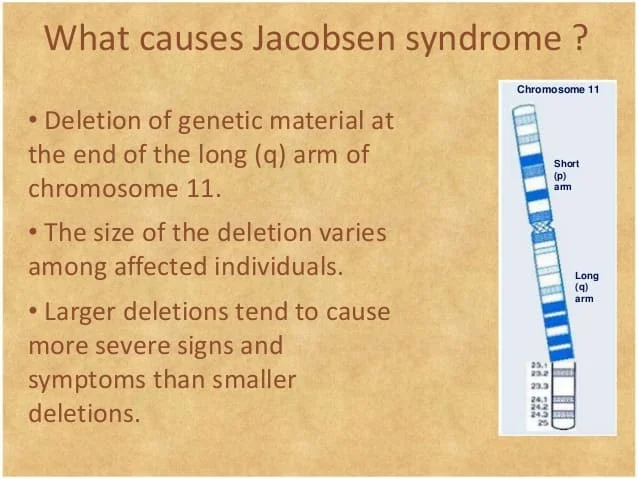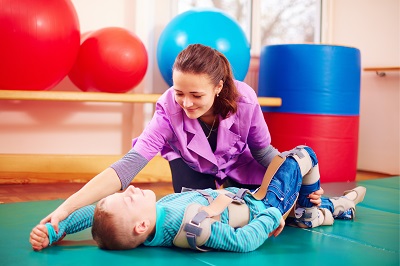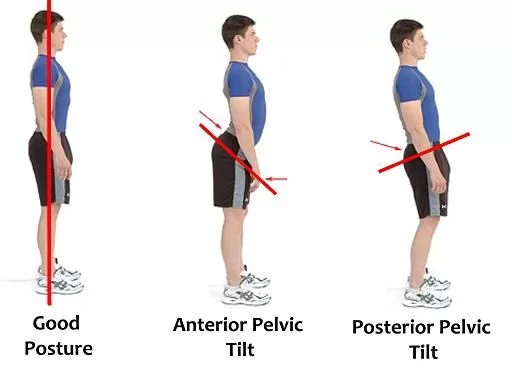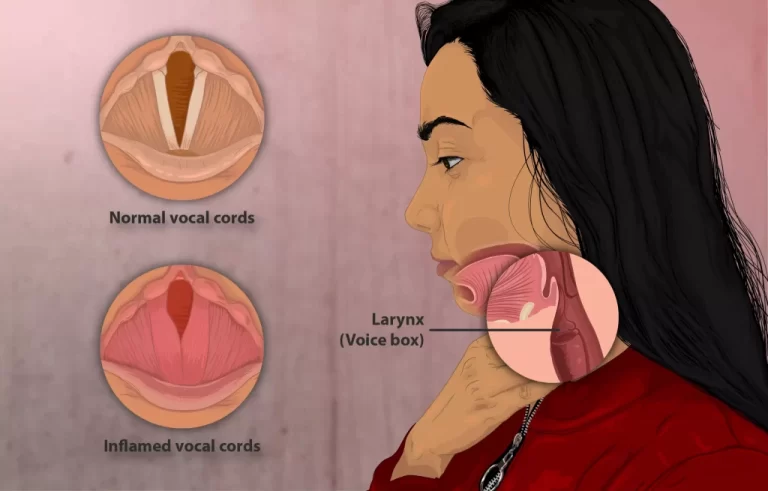Jacobsen Syndrome
Table of Contents
What is Jacobsen Syndrome?
Jacobsen syndrome is a condition caused by a loss of genetic material from chromosome 11. Because this deletion occurs at the end (terminus) of the long (q) arm of chromosome 11, Jacobsen syndrome is also known as 11q terminal deletion disorder.
The signs and symptoms of Jacobsen syndrome vary considerably. Most affected individuals have delayed development, including the development of speech and motor skills (such as sitting, standing, and walking).
Most also have cognitive impairment and learning difficulties. Behavioral problems have been reported, including compulsive behavior (such as shredding paper), a short attention span, and easy distractibility.
Many people with Jacobsen syndrome have been diagnosed with attention-deficit/hyperactivity disorder (ADHD). Jacobsen syndrome is also associated with an increased likelihood of autism spectrum disorders, which are characterized by impaired communication and socialization skills.
Jacobsen syndrome is also characterized by distinctive facial features. These include small and low-set ears, widely set eyes (hypertelorism) with droopy eyelids (ptosis), skin folds covering the inner corner of the eyes (epicanthal folds), a broad nasal bridge, downturned corners of the mouth, a thin upper lip, and a small lower jaw.
Affected individuals often have More than 90 percent of people with Jacobsen syndrome have a bleeding disorder called Paris-Trousseau syndrome.
This condition causes a lifelong risk of abnormal bleeding and easy bruising. Paris-Trousseau syndrome is a disorder of platelets, which are blood cells that are necessary for blood clotting.
Other features of Jacobsen syndrome can include heart defects, feeding difficulties in infancy
Causes of Jacobsen Syndrome
Jacobsen syndrome is caused by a deletion of genetic material at the end of the long (q) arm of chromosome 11.
The size of the deletion varies among affected individuals, with most affected people missing 5 million to 16 million DNA building blocks (also written as 5 Mb to 16 Mb).
In almost all affected people, the deletion includes the tip of chromosome 11. Larger deletions tend to cause more severe signs and symptoms than smaller deletions.
The features of Jacobsen syndrome are likely related to the loss of multiple genes on chromosome 11. Depending on its size, the deleted region can contain from about 170 to more than 340 genes.
Many of these genes have not been well characterized. However, genes in this region appear to be critical for the normal development of many parts of the body, including the brain, facial features, and heart.
Other Names for This Condition
- 11q deletion disorder
- 11q deletion syndrome
- 11q terminal deletion disorder
- 11q- deletion syndrome
- 11q23 deletion disorder
- Jacobsen thrombocytopenia
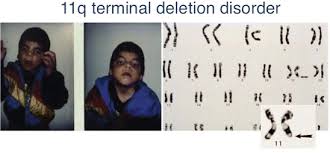
- Only a few genes have been studied as possible contributors to the specific features of Jacobsen syndrome; researchers are working to determine which additional genes may be associated with this condition.
What are the symptoms of Jacobsen syndrome?
Jacobsen syndrome causes a wide range of symptoms and physical defects.
One of the initial symptoms parents may notice is abnormally slow growth, both in the womb and after birth.
Many people with Jacobsen syndrome will be shorter than average at their adult height. They may also have macrocephaly or a larger-than-average head size.
Trigonocephaly is another common symptom. This gives the forehead a pointed look.
Other physical symptoms include distinctive facial features. These include:
wide-set eyes with droopy eyelids small and low-set ears a broad nasal bridge downturned corners of the mouth a small lower jaw a thin upper lip skin folds covering the inner corners of the eyes.
- Small head (microcephaly)
- Pointed forehead (trigonocephaly)
- Small ears which are low-set
- Widely-spaced eyes (hypertelorism)
- Droopy eyelids (ptosis)
- Broad nasal bridge
- Abnormally thin upper lips
- Downturned corners of the mouth
- Excess skin covering the inner corner of the eyes
Many people with Jacobsen syndrome will have cognitive impairment. This can translate to delayed development, including the development of both speech and motor skills.
Some infants will have difficulty feeding. Many will also have learning disabilities, which may be severe.
Behavioral problems are also symptoms associated with Jacobsen syndrome.
Can Jacbosen syndrome cause complications?
These can be related to compulsive behavior, easy distractibility, and a short attention span. Many patients have both Jacobsen syndrome and ADHD. It’s also associated with autism.
Jacobsen syndrome can result in a large number of serious complications.
Learning disabilities affect about 97 percent of individuals with Jacobsen syndrome. These learning difficulties are typically mild to moderate. They can be severe.
Bleeding disorders are a serious but common complication of Jacobsen syndrome. About 88 percent of children with Jacobsen syndrome are born with Paris-Trousseau syndrome.
This is a bleeding disorder that makes you bruise easily or bleed a lot. This can put you at risk for internal bleeding. Even nosebleeds or blood work can result in heavy blood loss.
Heart conditions are also a common complication. About 56 percent of children with Jacobsen syndrome are born with heart conditions.
Some of these will need surgery to be treated. About 20 percent of children with Jacobsen will die of heart complications before they’re 2 years old. Common heart defects include:
holes between the left and right lower chambers abnormalities on the left side of the heart hypoplastic left heart syndrome, a defect that affects blood flow through the heart
Kidney problems can occur in infants and children with Jacobsen. Kidney problems include:
having a single kidney
double ureters (the tubes leading from the kidneys to the bladder)
hydroneprosis, or swelling
cystsGastrointestinal problems commonly affect infants with this condition. Pyloric stenosis causes forceful vomiting because of a narrowed or blocked outlet from the stomach to the intestines. Other common problems include:
blocked or narrow anus
constipation
intestinal obstruction
missing parts of the GI tract
abnormal positioning of the gut Many children with Jacobsen have eye disorders that affect their sight, but a lot of these complications can be treated. Some children will develop cataracts.
Because some children with Jacobsen syndrome are immunodeficient, they may be much more susceptible to infections.
Ear and sinus infections are especially common. Some children will have such severe ear infections they may get hearing loss
Treatment
There has been no treatment discovered for Jacobsen syndrome to date, but the symptoms can be treated. 56% of children with Jacobsen syndrome have congenital heart problems; to keep them in check, a baseline evaluation can be made by a paediatric cardiologist by carrying out an electrocardiogram or echocardiogram. Any problems that are found can be treated then.[citation needed]
Almost all affected children are born with a bleeding disorder; monthly CBT may help ease the problem. Consecutively. platelet transfusion and ddAVP can be carried out.
Medication that interferes with platelet count should be avoided, and oral contraceptive therapy may be considered for women with heavy bleeding during menses.[citation needed]
Children affected with Jacobsen syndrome have severe to moderate intellectual disabilities and cognitive impairment.
An evaluation by a neuropsychologist or a behavior specialist like a psychiatrist or psychologist can be performed, including brain imaging like MRI or ERP. Later, as deemed appropriate, intervention programs can be carried through.
Music therapy is very beneficial for language development. According to age, vision and hearing tests can aid in fixing problems related to cognition. For problems related to behavior like ADHD, medication or therapy would be required but a combination of both is more effective.
An ophthalmologist should be consulted to treat the eye defects. Play and interactive games encourage the child to speak. Habilitation in children should begin at an early age.
A REhabilitation team includes professionals with special expertise in how disability affects everyday life, health, and development. The entire family is supported to help the affected children and their families adjust better.
Physiotherapy Management
Jacobsen syndrome is a chromosomal disorder in which children with JS will have global developmental delays, presented by delayed motor and speech milestones.
Hence, they should be referred to physical and/or occupational therapists for early intervention in order to overcome the motor developmental delay.
Bobath approach is developed through observation of the child and the desire to find the best solution to overcome the motor delay.
Each child should be assessed in terms of individual movement expression and the potential to maximize their movement efficiency.
Treatment cannot be repetitive or stereotyped as it has to continuously adapt to the individual’s progression.
The Bobath approach is a goal-oriented and task-specific concept that aims to change the construct of both the internal and external environment in which the individual and the nervous system can function efficiently and effectively.
Integrating play within Neurodevelopmental treatment (NDT) is proven to have many benefits in improving developmental delay. It improves cognitive and perceptual skills and acts as a stimuli for normal movement patterns by providing appropriate activities.
The adaptation of children to activity is essential for an effective play activity. That involves:
Adapting the shape, size, and consistency of the used material. Modifying the procedure and rules of the play activity. Adjusting the position of materials and the child. Controlling the degree of interpersonal interaction. If the motor demand is high, the cognitive demand has to be lowered to meet the changing needs of the child[9].
Intensive neurodevelopmental treatment (Bobath approach) three times weekly, 60 minutes a day, for 3 months is recommended as it shows improved gross motor function and higher compliance than conventional NDT

